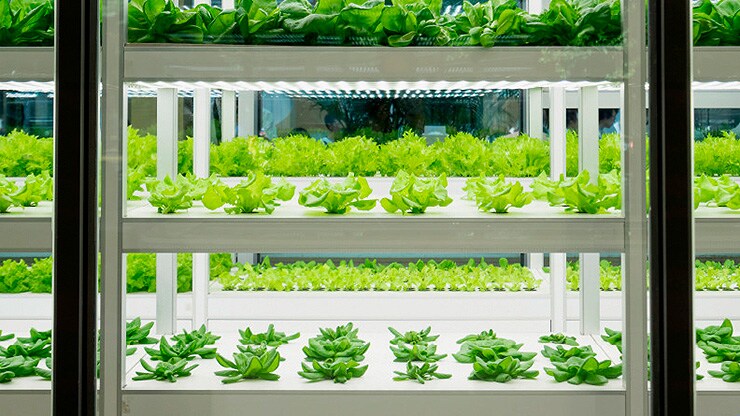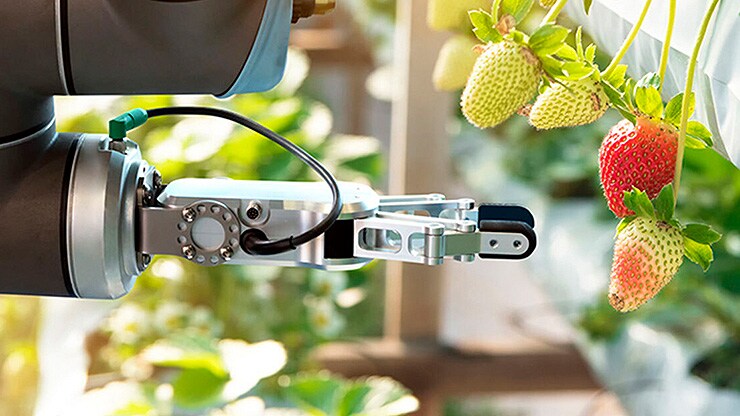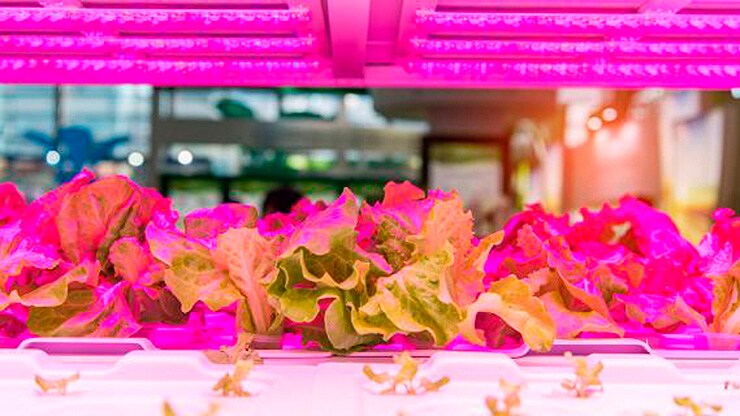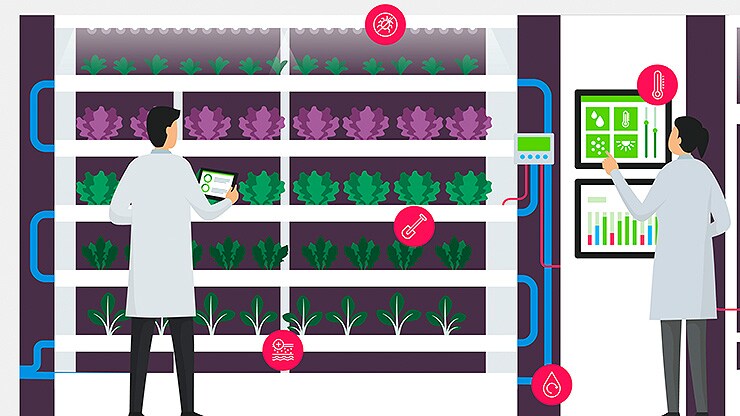Sharing this article from https://www.bayer.com/en/news-stories/urban-farming-growing-vegetables-in-cities
Empty shelves, lines of shoppers waiting to get into grocery stores, worried people panic-buying – scenes from the novel coronavirus pandemic have suddenly made us aware of how fragile the supply chains for everyday items that we assumed were secure can be in times of crisis. In order to feed the world in the future, there need to be new solutions for farming. One such solution is urban farming.
More people, less arable land
Some numbers demonstrate the topicality of these deliberations: The United Nations estimates that there will be approximately 10 billion people on our planet by the year 2050, with some two-thirds living in cities. The world’s arable land per-capita is likely to shrink by 20 percent over that same period, due in part to increasing climate change and advancing erosion.
Innovative solutions are needed for feeding more people while using less land. Urban farming – particularly vertical farming – is one such solution.

Rooftop vegetables
This cultivation method offers a whole range of advantages: In fact, a single vertical farm can grow 4 hectares (10 acres) — or roughly five Olympic-size swimming pools — worth of food on less than half a hectare of land, making it ideal for urban areas and in preserving space for biodiversity (by relieving pressure on natural fallow land that otherwise would be turned into farmland, thereby aiding wildlife conservation).
Vertical Farming also helps to meet the increasing need and desire for locally-grown produce. Local production eliminates long-distance transportation from producer to consumer, while also reducing food loss along the journey and food waste.
Tomatoes, peppers, lettuce, and mushrooms : These crops thrive in the controlled microclimates of the fields on each floor - free of the harsh extremes of climate change and seasonality. Correspondingly, these urban farms promise higher yields. At the same time, these self-contained, precision growing systems protect the exterior environment by reducing dependency on synthetic chemistry and other crop inputs, optimizing water use and allowing food growth in challenging environments with limited arable land. And of course, the benefits don’t end there.
Frost can’t bite
so farmers can grow their crops year-round.Pests can't pester
so farmers can dramatically reduce inputs.Nutrients stay put
so farmers can conserve natural resources.Moisture is recycled
so farmers can use virtually every single drop to increase water efficiency by up to 90%.Land is (barely) needed
so farmers can grow enough with less.
Technologies make a significant difference in vertical farms
New sensors, smart energy systems, and other technologies make growing more efficient. Just like the many people using smart devices and automation to make their homes more convenient, vertical farms are typically automated to control light, temperature, and water use. They allow farmers to optimize the conditions required for growing to produce the food that consumers want most at the store.
AI and machine learning help to bolster efficiencies, save resources, and reduce the cost of growing crops vertically. Some systems can even use cameras and sensors to assess when crops are ready for harvest. Identifying exactly when to pick specific plants, this process has already been shown to significantly reduce the food waste that sometimes comes with full-field harvests.

Even subtle innovations like advanced LED bulbs are helping to cut costs, increasing energy efficiency while drastically reducing heat waste within the system. Taken together, vertical indoor farms and automated technologies are producing a 100-fold increase in efficiency to generate 10 times the harvest while using only one-tenth of the resources.
However, no metropolis will be able to feed itself solely from urban farming. A 2018 study suggests that cities will most likely be able to produce enough vegetables for their population. In any case, experts anticipate increasing yields in the near future.
There are currently 204,387 sq m (about 2.2 million sq ft) of indoor farms operating across the globe, and that number is expected to increase almost tenfold to 2 million sq m (about 22 million sq ft) in the next five years.
Will vertical farming replace other farming environments? No, but as climate change and a growing global population continue to raise the stakes for our food system, vertical farming is emerging as one of many complementary solutions in our collective pursuit of sustainability and food security.

Bayer unveils new company focused on developing breakthroughs in vertical farming
Leaps by Bayer and Singapore-based Temasek have already joined together to form the startup Unfold. The new venture will focus on innovation in vegetable varieties tailored for the unique indoor environment of vertical farms that deliver optimized quality and sensory experience.
Jürgen Eckhardt
Head of Leaps by Bayer
Companies like Unfold hope to supply restaurants, airlines, schools, hospitals, businesses, grocery stores, and on-line delivery services — both in city centers and throughout food deserts and especially in times of crisis such as the COVID-19 pandemic — with fresh, sustainable, and hyper-local produce with a smaller ecological footprint.
The formation of the new company Unfold aligns with our vision of “Health for All, Hunger for None”, a commitment to the Sustainable Development Goals the United Nations has set for 2030, especially the goals of assuring healthy lifestyles and putting an end to hunger.

No comments:
Post a Comment